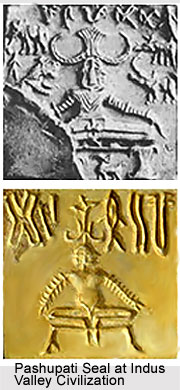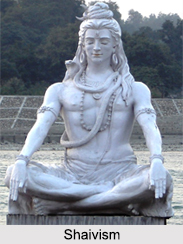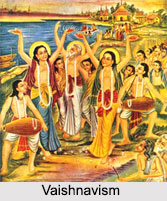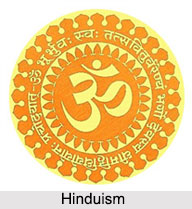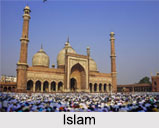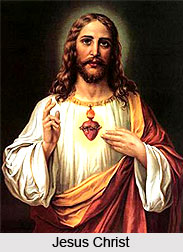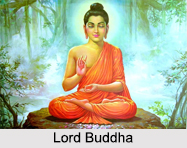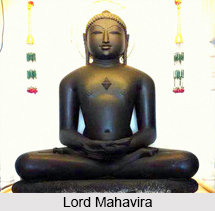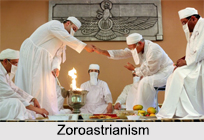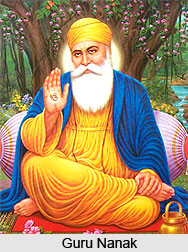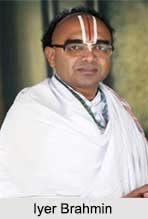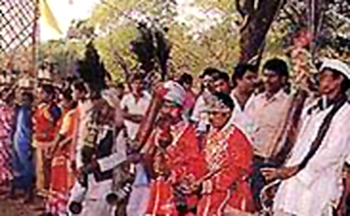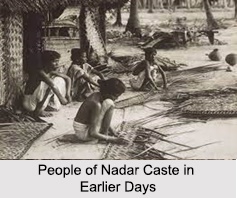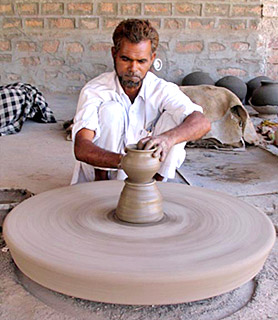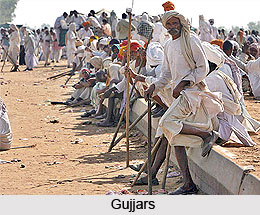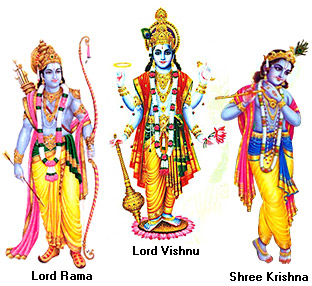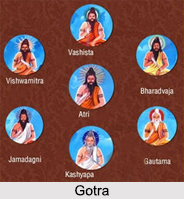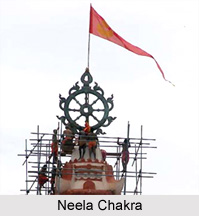 Neela Chakra is the metal wheel of Lord Jagannath Temple weighing 2200 kilograms.
Neela Chakra is made of eight metals comprising of iron, copper, zinc, mercury, lead, brass, silver and gold.
Neela Chakra is the metal wheel of Lord Jagannath Temple weighing 2200 kilograms.
Neela Chakra is made of eight metals comprising of iron, copper, zinc, mercury, lead, brass, silver and gold.
Structure of Neela Chakra
The circumference of Neela Chakra is about 36 feet and it is so designed that there is a wheel within the wheel. The circumference of the inner wheel is about 26 feet. Eight hubs join together the inner and the outer wheels. There are decorative designs on the outer wheel. The thickness of the Neela Chakra is 2 inches.
Importance of Neela Chakra
The wheel is said to be most powerful weapon of Lord Vishnu. Inside Lord Jagannath temple, Lord Vishnu`s wheel is also worshipped in the name of `Sudarshana`. But inside the temple Sudarshana is not in the shape of a wheel, but in the shape of a small wood pillar placed to the left of image of Lord Jagannath. It is believed that the same Sudarshana is also at the top of the temple and is known by the name of Neela Chakra. There is a specific category of people among the temple sevayats to serve the Neela Chakra and they are known as Garuda Sevaka or Chunara Nejoga.
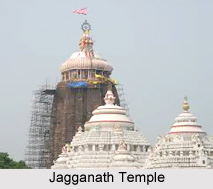 Sevayats in Lord Jagannath Temple
Sevayats in Lord Jagannath Temple
The pilgrims of Lord Jagannath hold these sevayats in high esteem because everyday at Sunset the Garuda Sevakas climb to the top of 214 feet high temple to fasten flags, offered by the devotees, on the bamboo mast attached to the Neela Chakra. The pole attached to the Neela Chakra is 38 feet long. After covering the breadth of the Neela Chakra, this pole extends 25 feet high above it. The pilgrims consider it an act of holiness to offer flags for the Jagannath temple. Everyday the Garuda Sevaka carries number of big and small flags to the top of the temple. The flags are either deep red or yellow in colour, but a crescent moon and a sun in white colour cloth deck the centre of a flag. The length of the flag varies from 1 foot to 25 feet and may be more. A devotee has to pay to the temple committee a certain price to tie the flag and the price is determined by the length of a flag.
Significance of Blue Wheel
The Blue Wheel, at the top of 214 feet high Jagannath Temple, serves very practical purpose technically by protecting the high rise temple from thunder strokes and lighting. The eight metal alloys have the capacity to absorb the ferocity of thunder bolts and thus the gigantic stone-moment remains unharmed. There is a four-inch wide metal-plate which serves as an earthling; it connects the wheel and a well in the southern side of the temple, close to the Goddess Vimala temple. This metal plate is about 300 feet long.
